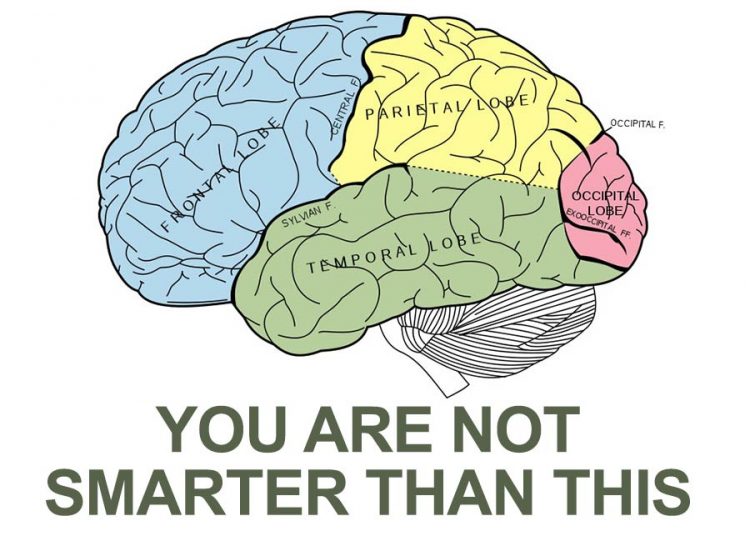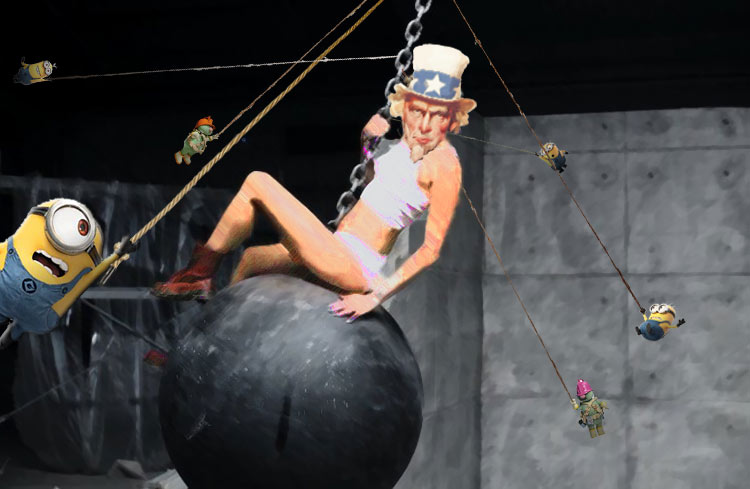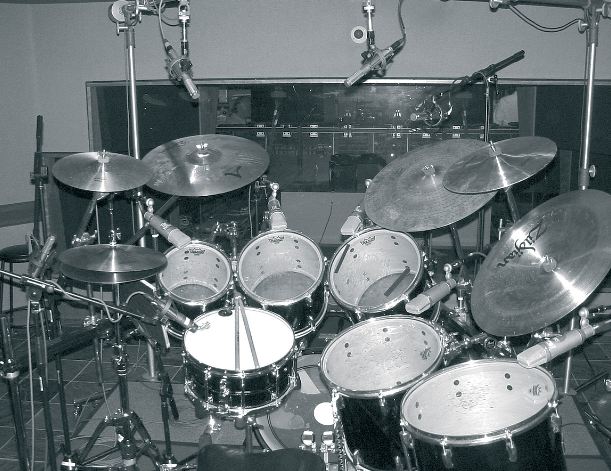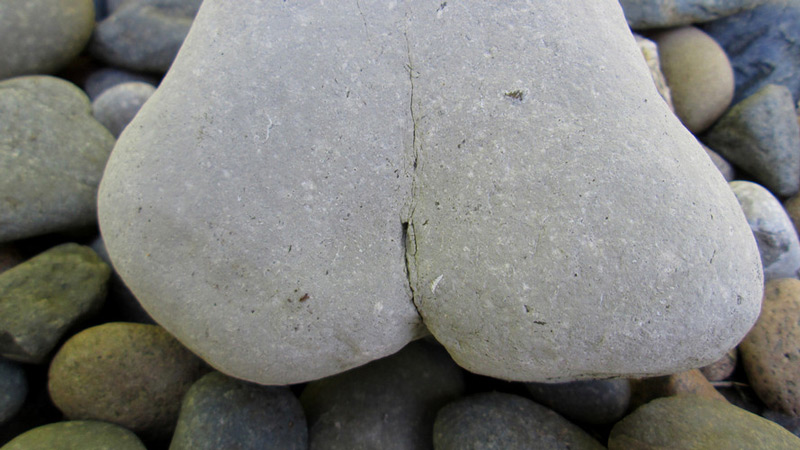Related Articles:
- Getting a good vocal sound recording: sibilance and proximity effect
- Recording vocals: how to use a pop filter
- Recording vocals: using a pencil as a pop filter
- Recording vocals in Pro Tools tips
The above vocal recording tips will help with some specifics to help get a good vocal sound, but there are also some more general ideas that can help you improve your overall vocal recording sound:
VOCAL RECORDING TIPS FOR ENGINEERS
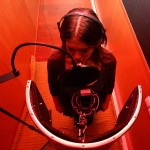 Don’t be afraid of the air in your vocal EQ. “Air” in sound rests in the really high frequencies. If they were just sine waves those recorded frequencies would be annoying, but as overtones within a vocal sound they bring out depth and space to the recording. They help make a brighter sound without getting to harsh, and bringing out some air in the recording can being a certain “intimacy” to the sound.
Don’t be afraid of the air in your vocal EQ. “Air” in sound rests in the really high frequencies. If they were just sine waves those recorded frequencies would be annoying, but as overtones within a vocal sound they bring out depth and space to the recording. They help make a brighter sound without getting to harsh, and bringing out some air in the recording can being a certain “intimacy” to the sound.
Read the above post about sibilance and proximity effect, and how to control them when in the recording studio. Good vocal mic technique is vital: there’s only so much you can do as an audio engineer to get a clean sound – the singer has to work for it, too. They MUST give a good performance just like when on stage. Great vocalists know how the sound of their voice changes as they get closer, further, or off to the sides of the microphone. If you’re working with a newer singer who doesn’t know that, then spend some time in the studio teaching them. Without playing music, have them sing and be close, far, to the sides, etc. so that they can hear the differences in their headphones. Explain the purpose of pop filters and that they can help, but that they also can help reduce pops with good technique. In the end, you’re doing the vocalist a favor by taking the time to teach them, and the recording will sound better.
Spend time with the headphone mix. Singers usually need to “feel” like they’re inside the mix when they’re recording; a lot different than what drummers or bass players need to keep time, for instance. If the performance feels flat and lacks emotion, listen to the headphone mix to see how it sounds to them and if you can adjust it to better immerse them in the song.
Being in the studio can become too microscopic and sterile, and performances suffer because of it. Often times a great vocal performance in the studio that isn’t pitch perfect is better than pitch perfect with no emotion. Work on how to coach energy for singers; get them into the song, turn them into actors so you hear the emotions in their voice not just words and notes.
Test each voice with each mic and pre-amp (not all at once, one by one). Set up the singer, then ask them to move around a little bit: off to the side of the mic, further away, closer, etc. As a recording engineer it’s your job to LISTEN to that very intensely. You should listen for how the sound changes as they move around the mic, and as such, for each singer and each song, have an idea of the best mic technique and positioning to use for the recording.
Don’t over-compress the vocal. This is a killer for new audio engineers. If you must compress to tape (while recording) do so only a tiny bit. You can’t really undo compression because it changes the sound too, not just the dynamics. The more the vocal is compressed the more unnatural and just “off” is starts to sound. If you vocal sounds flat when mixing, take off all the compression to give your ears a jolt and see if you’re taken the compression too far.
VOCAL RECORDING TIPS FOR SINGERS
Published: by | Updated: 06-04-2014 12:07:25





